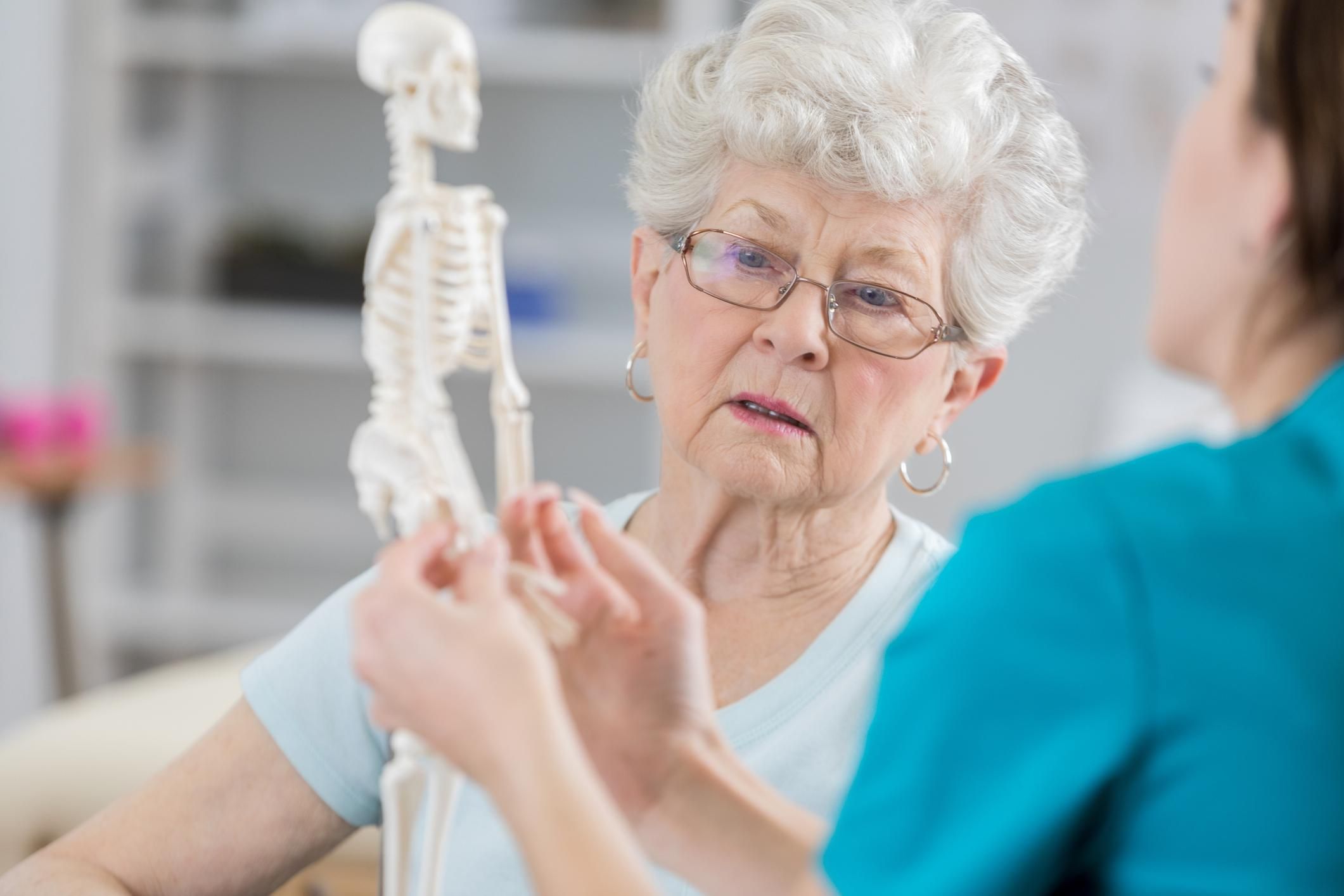This article has been archived. We will no longer be updating it. For our most up-to-date information, please visit our bone health information here.
Q:
What is osteoporosis?
A:
Osteoporosis, which means "porous bones," is a preventable and treatable disease that thins and weakens your bones, making them fragile and more likely to break. It is sometimes called a "silent disease" because it can develop gradually over many years without causing any symptoms.
Your bones are complex living tissue. They provide structure and support for your muscles, protect your organs and store 99 percent of the calcium used by the remainder of your body to allow your organs to work properly. Healthy bone is strong and dense with many interconnecting pieces, all well integrated with each other. Bone affected by osteoporosis is reduced in quantity and thinner than normal. The quality of the bone also is damaged, with changes in its basic architecture.
Bone changes regularly through a process called remodeling, in which the body breaks down older, worn out bone and replaces it with new, strong bone. This process continues throughout life, but, as you age, more bone is removed than is replaced. After about age 30, your body begins to break down old bone slightly faster than it builds new bone. This process speeds up dramatically as menopause approaches and for several years after. In the first five to seven years after menopause, you can lose up to 20 percent of bone mass.
Bone loss continues at a slower pace throughout the remainder of your life and may accelerate again in your older years, usually after age 70. Rates of bone loss vary among individuals, but even slow rates of loss may be a problem, especially in women who start with low bone mass before menopause. The first symptom of osteoporosis is a broken bone, which is called a fracture. The common sites for these fractures are the hip, spine or wrist, but a break in nearly any bone (excluding fingers, toes, face or skull) can occur from minor trauma, such as breaking a wrist when you fall on an outstretched hand.
To learn more about osteoporosis and preventing fractures, visit
https://healthywomen.org/condition/osteoporosis.


